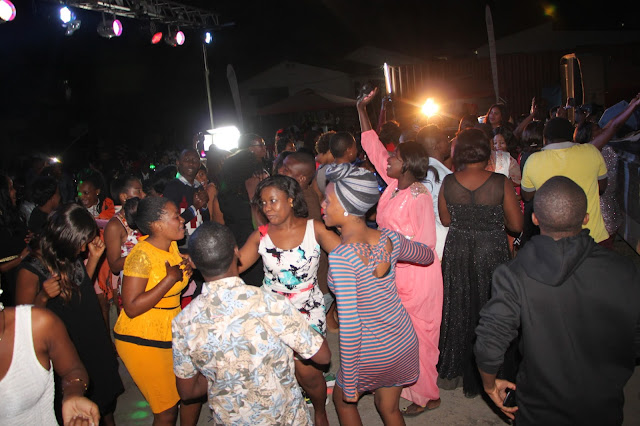Mkuu wa Mkoa wa Mara Dkt. Charles Mlingwa akiongea na wazazi,walimu na wanafunzi wa shule ya msingiUtegi wilayani Rorya wakati wa hafla ya kukabidhi madawati kwa shule hiyo jana. Jumla ya madawati 235 yalitolewa kwa mkoa huo. Pichani kutoka kushoto Meneja waTigo Mkoa wa Mara, Edwin Kisamo,Meneja wa Tigo kanda ya ziwa, Edgar Mapande ,Mkuu wa wilaya ya Rorya, Simon Chacha na Mwenyekiti wa Halmashauri mka Mara, Albert Machiwa
Meneja wa Tigo Mkoa wa Mara, Edwin Kisamo akiongea na walimu na wanafunzi wa shule ya msingi Utegi wilayani Rorya wakati wa hafla ya kukabidhi madawati kwa shule hiyo jana.
Meneja wa Tigo kanda ya ziwa, Edgar Mapande akiongea na walimu na wanafunzi wa shule ya msingi Utegi wilayani Rorya wakati wa hafla ya kukabidhi madawati kwa shule hiyo jana, Wengine pichani kushoto kwake ni mkuu wa Mkoa wa Mara Dkt.Charles Mlingwana Mkuu wa wilaya ya Rorya, Simon Chacha.
Mkuu wa Mkoa wa Mara Dkt. Charles Mlingwa akipokea madawati 235 kwa mkoa wa Mara toka kwa Meneja wa Tigo kanda ya ziwa, Edgar Mapande kwenye hafla iliyofanyika shule ya msingi Utegi wilayani Rorya jana
Mkuu wa mkoa wa Mara Dkt. Charles Mlingwa na Meneja wa Tigo kanda ya ziwa, Edgar Mapande wakinyanyua mikono juu mara baada ya makabidhiano ya madawati 135 kwa wilaya ya Rorya na jumla ya madawati 235 kwa mkoa wa Mara, hafla iliyofanyika shule yamsingi Utegi wilayani Rorya jana
Wanafunzi wa shule ya msingi Utegi wakiwa wameketi kwenye madawati waliopewa na kampuni ya simu za mkononi Tigo jana.





















